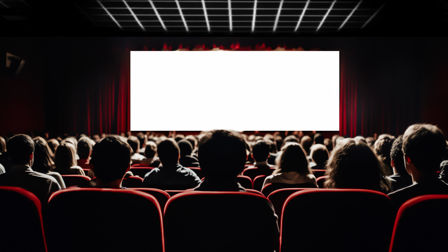Making the Most of the EUROS 2016
IgnitionOne's Dominic Gramatte questions how brands can make the most and capitalise on sporting events.
Unless you have been hiding under a rock, you will have noticed that the summer of sport is upon us with the EUROS 2016 almost coming to a close, Wimbledon in full swing and the Summer Olympics on the horizon. Whether you love it or hate it, I think we can all agree that sport will always deliver a whole heap of emotional chaos alongside brilliant and inspiring performance. It could perhaps be claimed that there are some sports that demand greater surges of passionate charge, football in particular, which we’ve witnessed over the past couple of weeks. Senseless occurrences off-pitch aside, we’ve seen some brilliantly shareable moments which have respectively snatched the headlines in a blaze of glory.

Football embraces an essential position in our culture and as a nation - we love to talk about it! Of course, how we exchange our sentiments has evolved over time and now we’re able to address the online world with our deepest furies and triumphant thoughts via a quick tap of a finger or swipe of a screen. It’s immediate, it’s bursting with passion and it connects us as a human community through the love of the game.
Over the years it’s been really fascinating to see how brands have continued to push new and inventive ways to leverage the power of a sports-loving audience. If you look back even 16 years ago to the ‘traditional’ media campaigns run by sponsors of EURO 2000, and brands jumping on the bandwagon alike, the guiding principles still remain as they were; feature big football names of the time with emotive positive messages and dazzling football visuals. It’s a winning formula... why would you change it?
With that said, the general approach for brand marketing during sporting events tends to be one size fits all. But does that approach really deliver the value brands are hoping for? Especially when you consider that big global sporting events such as the EUROS draw in audiences beyond those who would consider themselves ‘regular’ fans of the sport (or even sports in general). This extended reach offers an exciting opportunity for brands to communicate with people who are likely to be more amenable to sponsored messages during this period and be nurtured into brand advocates.

The complexities for targeted and relevant messaging really escalate for sponsors when it comes to engaging with online audiences in overcrowded spaces. As marketers, we know that relevancy is significant and the fight for the prized and precious attention of the consumer is fierce. But relevancy can only really be achieved by understanding the consumer as an individual. By doing so, brands set themselves up for success in ensuring the right personalised content is delivered to that individual.
Twitter is an obvious social platform for most brands to use when planning major activations during sporting events – but it’s important to ask, “where will I get the most cut through?” With recent announcements that Snapchat is now boasting more active daily users in the UK than Twitter, leading to it snatching the Wimbledon live streaming contract, brands should be looking to extend their current content marketing scope to channels where their most actively engaged consumers are and raise the value of the activity to the brand.

Conversations are constant in our always-on digital-age. The key to a brand’s success during large sporting events is to build trust through relevant and emotional engagement by understanding the needs and interests of the consumer on a personal level and activating that insight through their digital marketing strategy. The real challenge, and one that some brands haven’t been able to crack just yet, is taking that next step and actually turning that content into active engagement long after the tournament ends both on social platforms and on the brand’s own channels. This simply comes down to not only what you talk about, but where and most importantly to who.
Connections
powered by
- Digital Agency IgnitionOne
- Business Director Dominic Gramatte
Unlock this information and more with a Source membership.







 Membership
Membership


